Minneapolis rewards visitors who venture beyond the obvious attractions with discoveries that reveal the city’s creative spirit, natural beauty, and innovative character. While many people associate the Twin Cities with cold winters and Midwestern practicality, the reality includes world-class cultural institutions, stunning urban parks, and neighborhoods that pulse with artistic energy throughout the year.
The city’s unique geography—built around lakes, rivers, and dramatic bluffs—creates opportunities for urban adventures that feel more like wilderness experiences, while its thriving arts scene produces discoveries that rival cultural destinations typically considered more cosmopolitan. Here is a list of 17 hidden gems that showcase why Minneapolis consistently ranks among America’s most livable cities.
Stone Arch Bridge
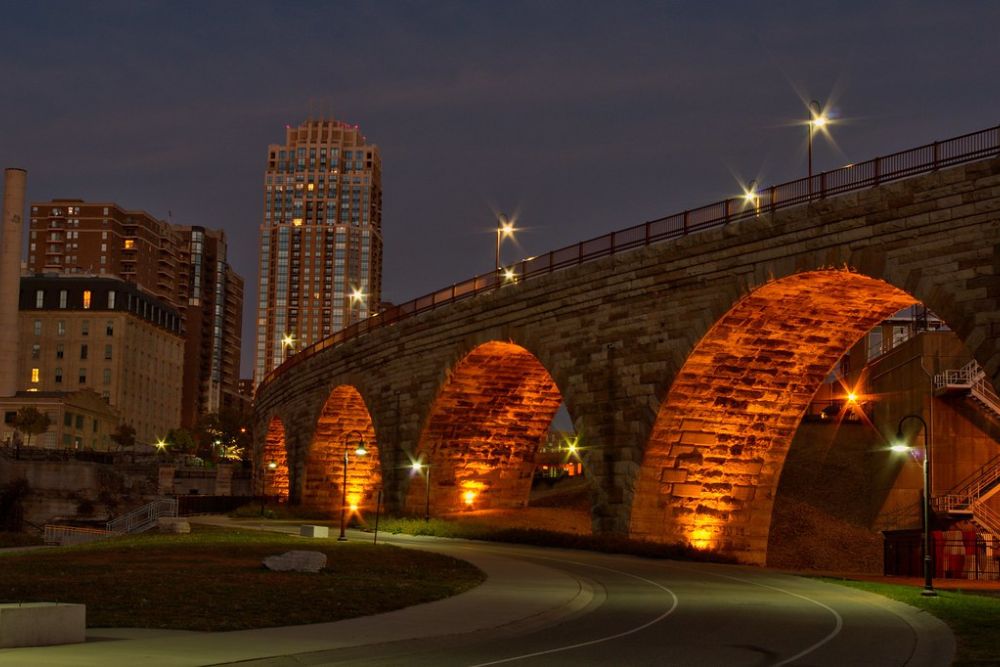
This limestone and granite railroad bridge spans the Mississippi River while providing pedestrian access to some of the city’s most dramatic views and historical sites. The bridge’s location at Saint Anthony Falls offers perspectives on the only major waterfall on the Mississippi River, while the surrounding Mill District tells the story of how waterpower built Minneapolis into a major industrial center.
Evening visits provide spectacular sunset views with the downtown skyline reflected in the river below.
Midtown Greenway
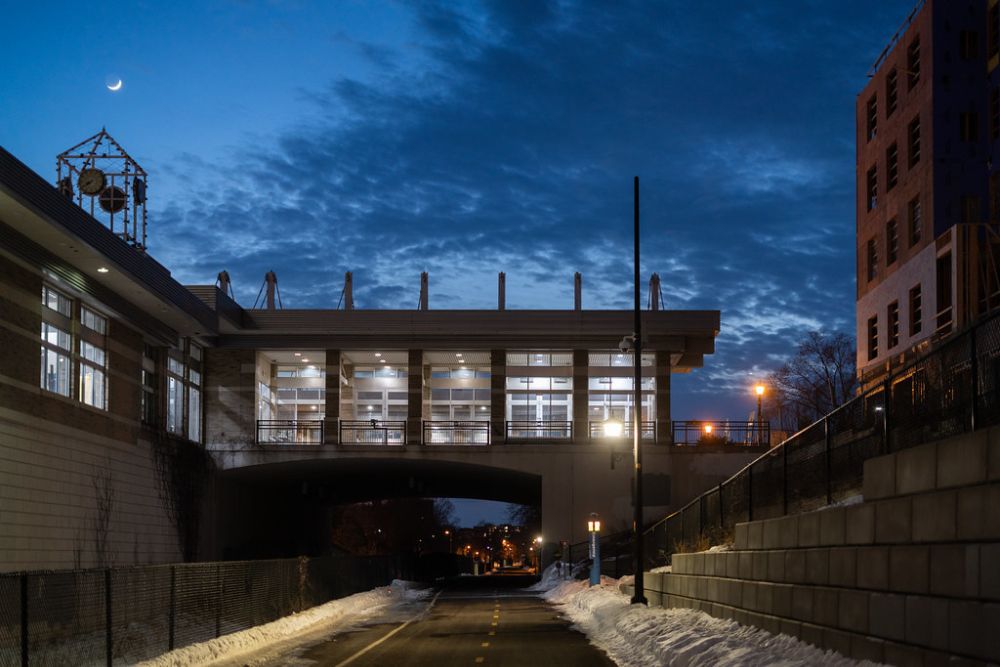
This converted railroad corridor creates a bicycle and pedestrian highway that cuts through the heart of Minneapolis while remaining completely separate from vehicle traffic. The sunken pathway passes through diverse neighborhoods while connecting dozens of parks, lakes, and cultural attractions via a route that feels more like a linear park than urban transportation infrastructure.
Local artists have transformed bridge underpasses into galleries, while the greenway’s design demonstrates how cities can repurpose industrial infrastructure for contemporary recreation.
Like Travel Pug’s content? Follow us on MSN.
Northeast Arts District
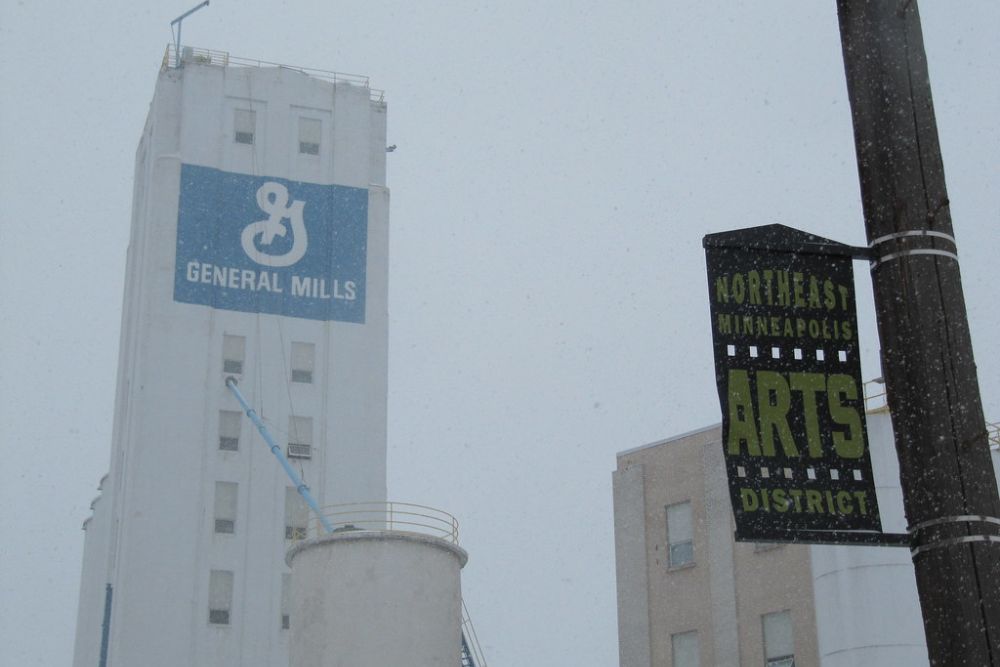
This former industrial area has transformed into Minneapolis’s most concentrated collection of artist studios, galleries, and creative businesses while maintaining the authentic character that makes it attractive to working artists. The neighborhood’s art crawl events provide access to working studios where visitors can meet artists and see work in progress, creating connections that galleries can’t replicate.
Local breweries and restaurants have followed the artists, creating a cultural ecosystem that supports both creativity and community.
Minnehaha Creek
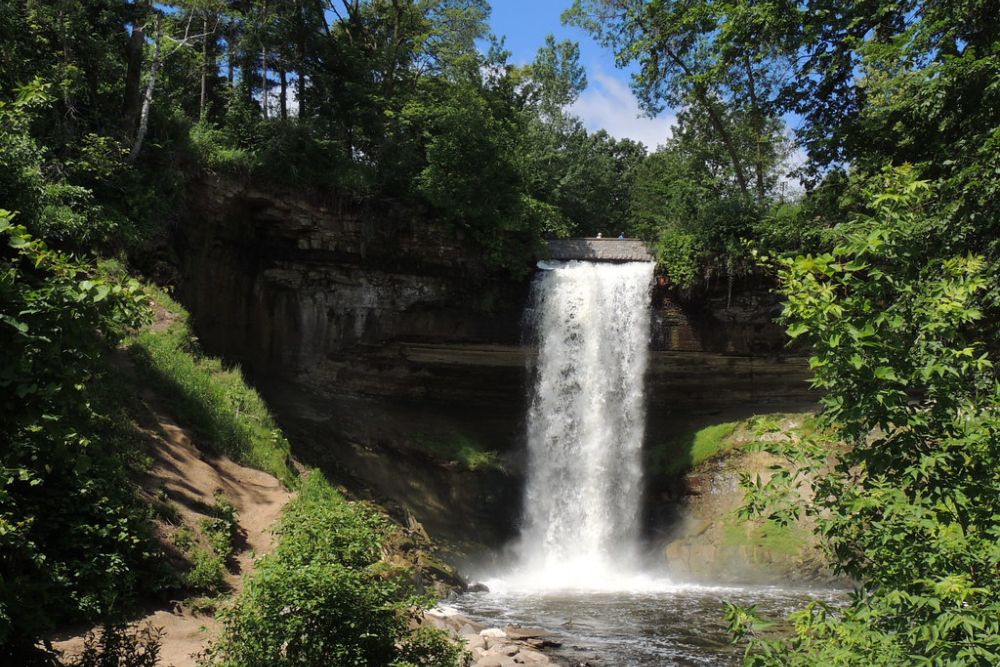
This urban waterway winds through Minneapolis neighborhoods while creating a corridor of natural beauty that includes waterfalls, limestone bluffs, and diverse wildlife habitats just minutes from downtown. The creek’s path connects several lakes while providing walking and biking trails that feel removed from city life despite their urban location.
During different seasons, the creek offers everything from spring wildflower displays to winter ice formations that create natural sculptures.
Weisman Art Museum
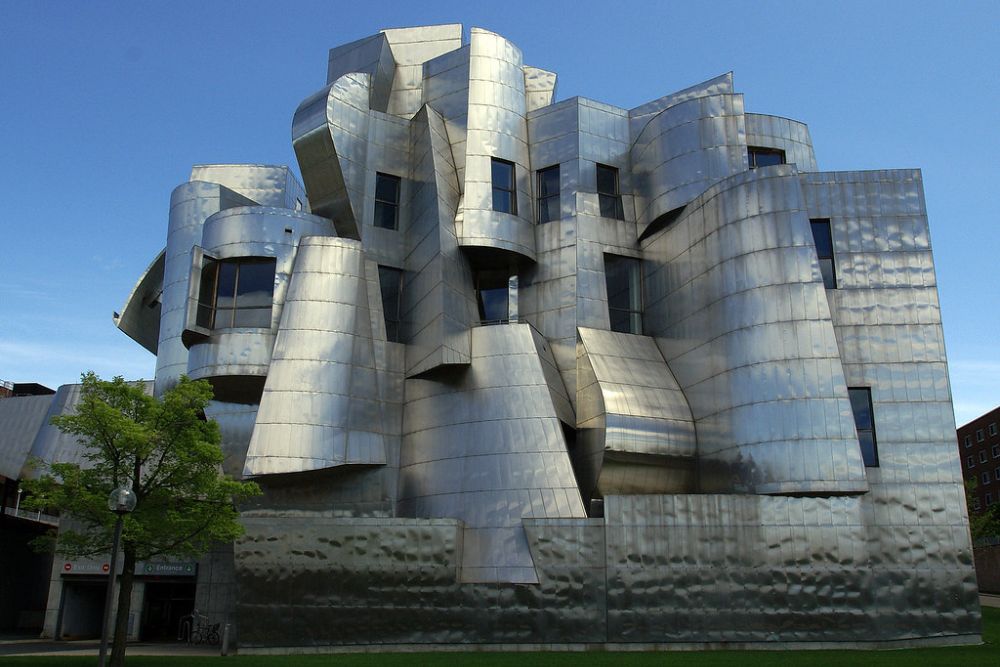
Frank Gehry’s sculptural building houses a collection that emphasizes American art, while the museum’s location on the University of Minnesota campus provides Mississippi River views that compete with the artwork for visitor attention. The museum’s focus on ceramics and contemporary pieces creates exhibitions that often surprise visitors expecting traditional university galleries.
The building itself serves as a landmark that demonstrates how contemporary architecture can enhance rather than compete with natural settings.
Like Travel Pug’s content? Follow us on MSN.
Mill City Museum
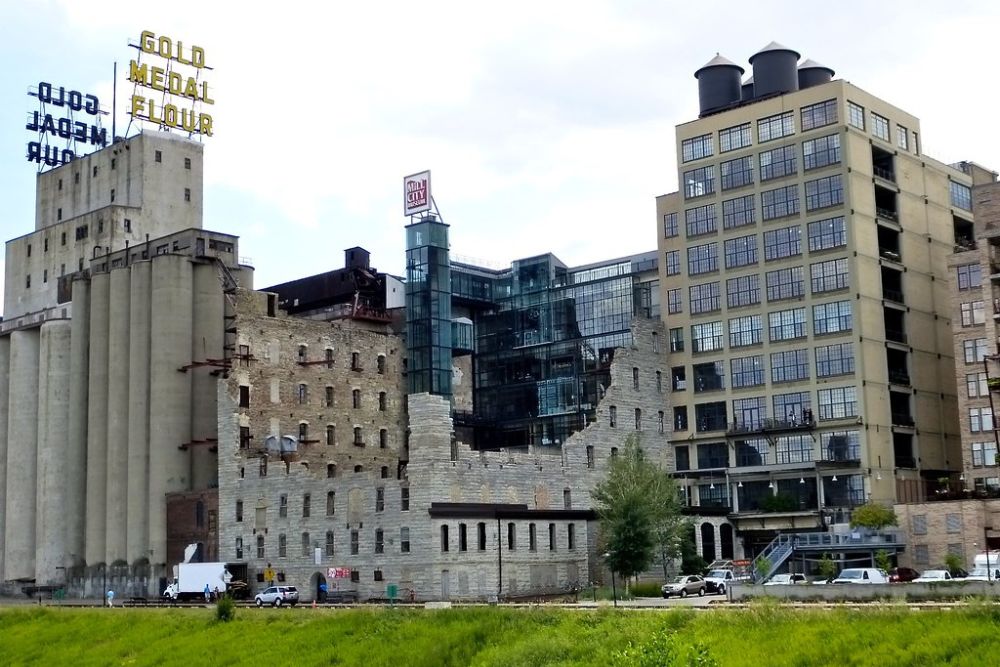
Built within the ruins of the Washburn A Mill, this museum tells the story of how Minneapolis became the flour milling capital of the world while preserving the dramatic industrial architecture that defined the city’s riverfront. The museum’s elevator ride recreates the experience of grain moving through the mill while providing access to observation decks with panoramic city views.
Interactive exhibits make industrial history accessible, while the preserved machinery demonstrates the scale and complexity of 19th-century flour production.
Grand Rounds Scenic Byway
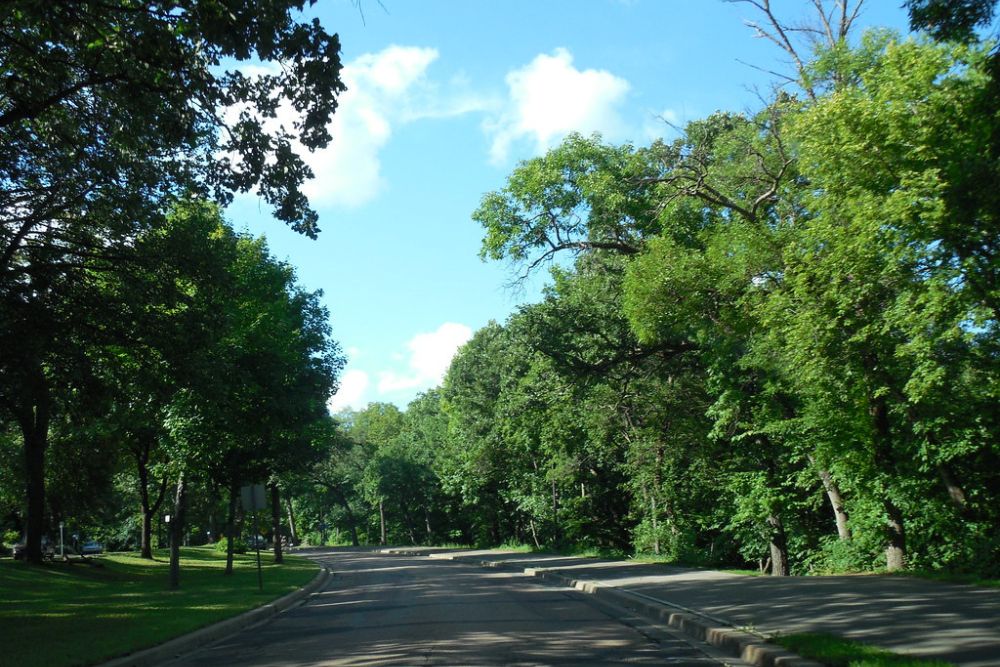
This 50-mile route connects Minneapolis’s lakes, parks, and river corridors through a system of parkways that create the feeling of continuous park space throughout the city. The byway passes through dramatically different landscapes, from urban lakes surrounded by elegant neighborhoods to wild river corridors that support surprising wildlife populations.
Biking the complete route provides a comprehensive tour of Minneapolis’ natural features while demonstrating the city’s commitment to preserving green space.
American Swedish Institute
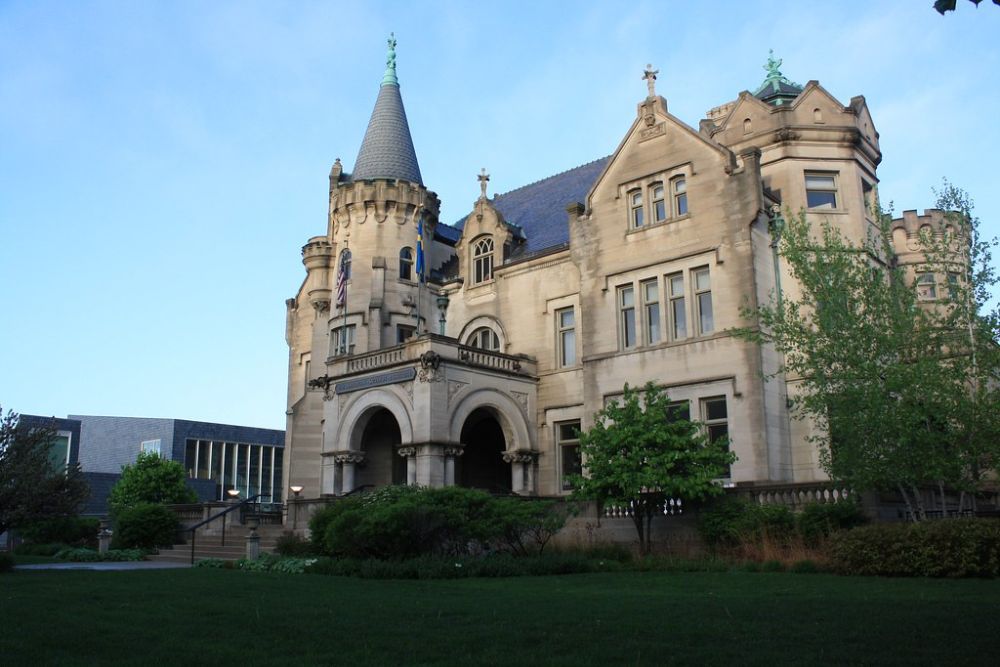
This castle-like mansion houses exhibitions that explore Swedish-American culture, while the contemporary addition provides space for rotating art exhibitions and cultural programming. The museum’s approach connects historical immigration stories with contemporary Scandinavian design and cultural influences that continue to shape Minneapolis.
The mansion’s period rooms preserve the lifestyle of Swedish-American business leaders, while the modern galleries showcase how cultural traditions evolve and adapt.
Like Travel Pug’s content? Follow us on MSN.
Foshay Tower Museum
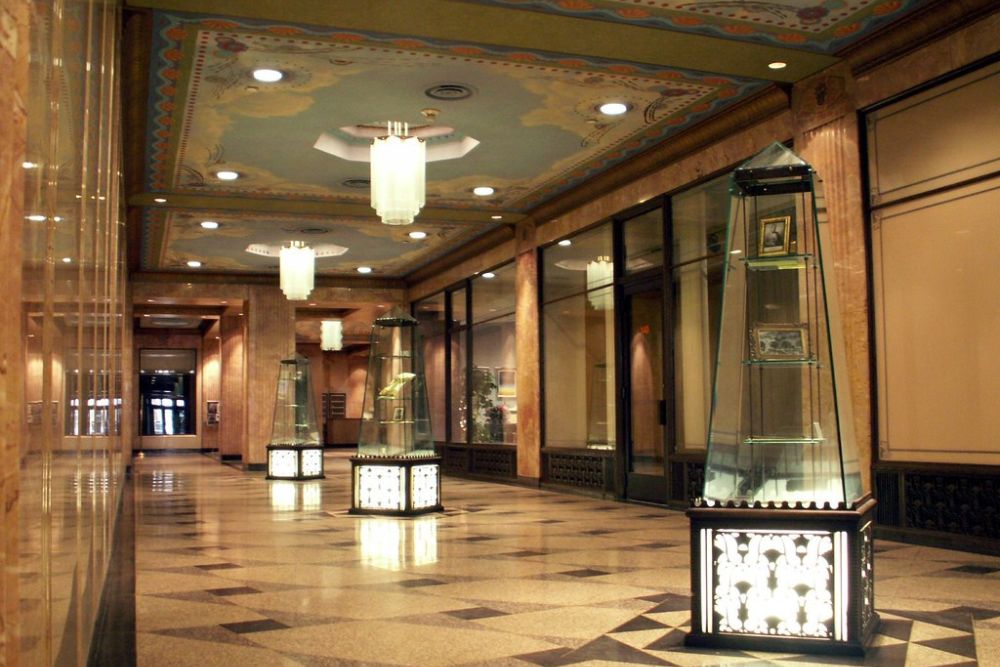
The observation deck of Minneapolis’s first skyscraper provides 360-degree city views, while the museum tells the story of the building’s construction during the boom years before the Great Depression. The Art Deco building served as Minneapolis’s tallest structure for decades, making it a symbol of the city’s ambitions and economic development.
The museum’s exhibits connect the building’s history with broader stories about Minneapolis’s growth and the personalities that shaped the city.
Chain of Lakes
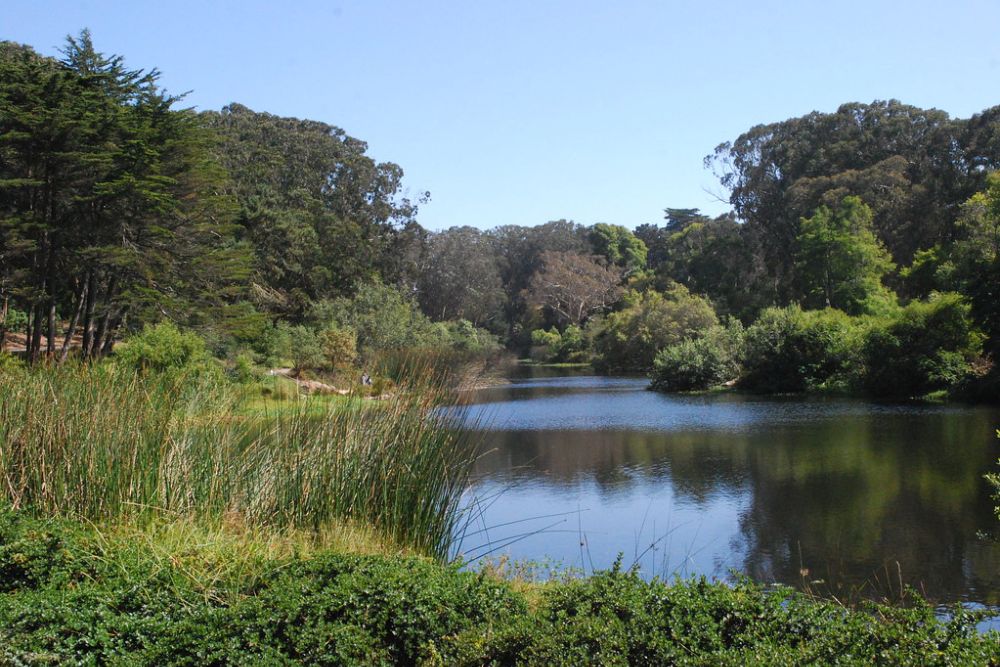
This series of connected lakes creates opportunities for urban recreation that rival natural lake districts while remaining completely accessible via public transportation and city bike paths. Each lake offers different recreational opportunities, from swimming beaches to fishing spots to quiet coves perfect for kayaking or canoeing.
During winter, the lakes transform into venues for ice fishing, cross-country skiing, and other cold-weather activities that make Minneapolis winters more bearable.
Walker Art Center Sculpture Garden
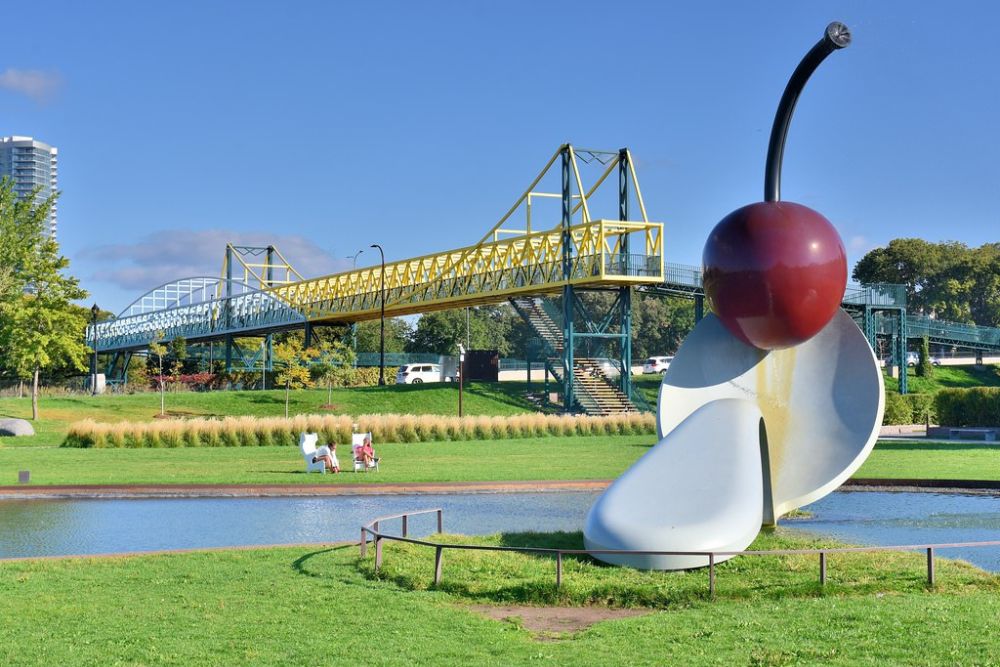
While the Walker Art Center itself is well-known, the sculpture garden’s 11 acres contain surprises that many visitors miss during casual walks through the grounds. The garden’s design integrates artwork with landscape architecture while providing multiple routes for exploration that reveal different perspectives on both individual pieces and the collection as a whole.
The famous Spoon bridge and Cherry sculpture serves as an icon, though dozens of other works reward more thorough exploration.
Like Travel Pug’s content? Follow us on MSN.
Guthrie Theater
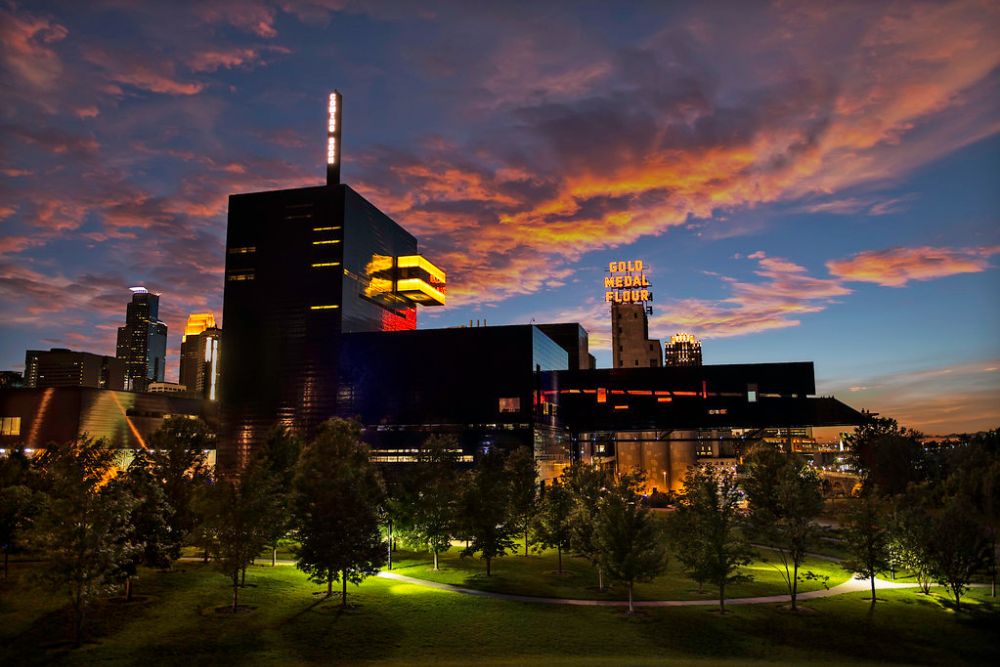
This contemporary theater building provides multiple performance spaces, while its exterior bridges and viewing areas offer some of Minneapolis’s most dramatic architectural spaces and city views. The theater’s commitment to classical and contemporary works creates programming that attracts both tourists and locals throughout the year.
The building’s design demonstrates how cultural institutions can serve as community gathering spaces beyond their primary artistic functions.
Mississippi Riverfront
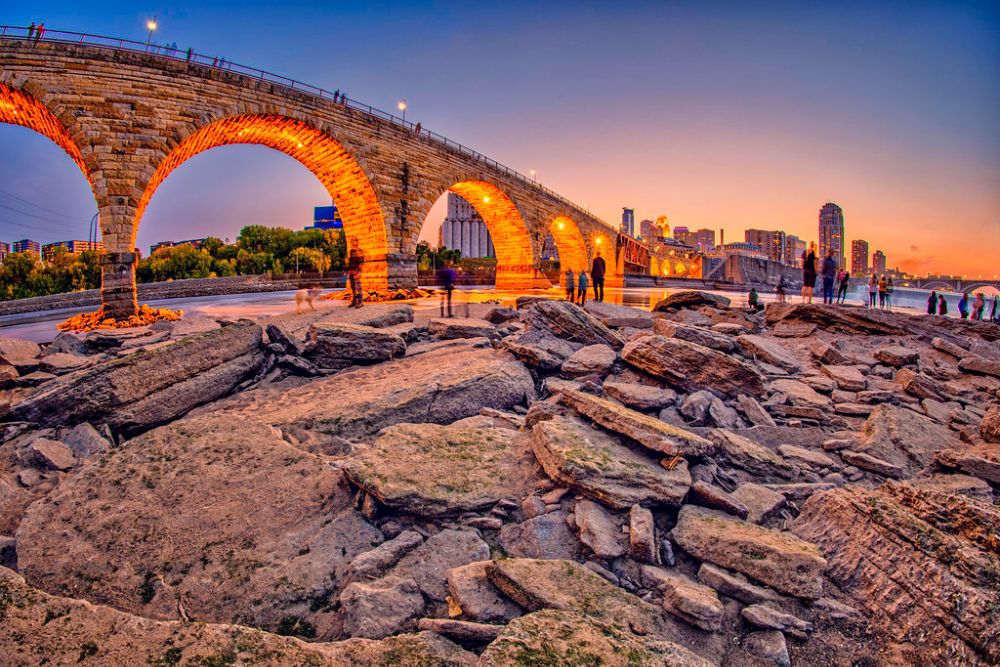
The riverfront areas below downtown Minneapolis offers walking and biking paths that provide access to the Mississippi’s natural character while remaining within the urban core. The paths connect historical sites with contemporary parks while providing opportunities to observe river wildlife and understand how the waterway continues to shape city development.
During different seasons, the riverfront offers everything from bald eagle watching to summer festivals that celebrate the river’s role in Minneapolis culture.
Lyndale Park Rose Garden
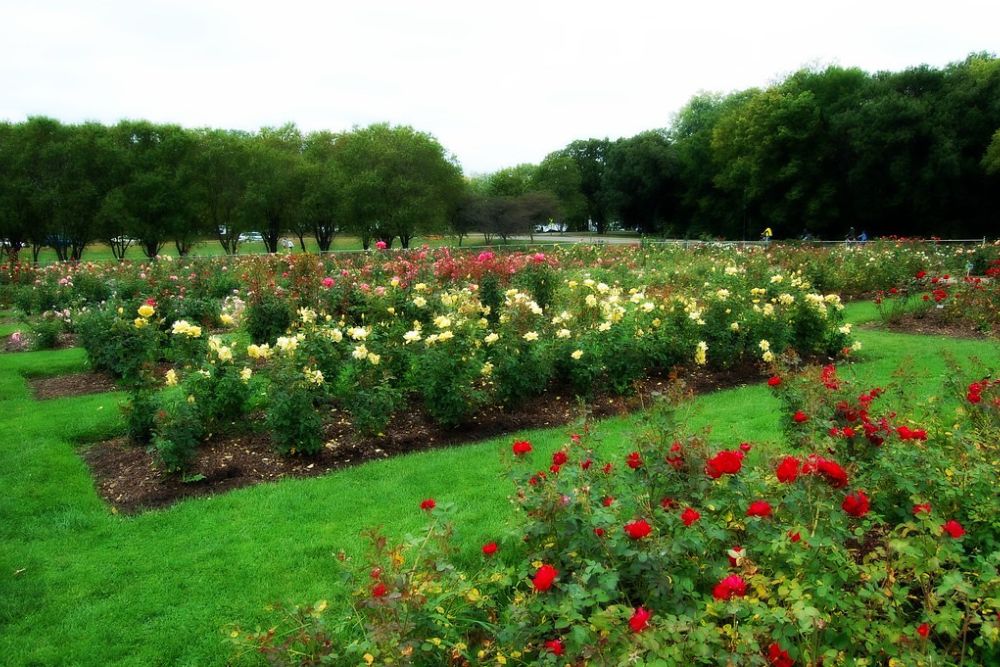
This formal garden contains over 3,000 rose bushes representing dozens of varieties while providing a peaceful retreat that demonstrates Minneapolis’s commitment to public green space. The garden’s design creates rooms and pathways that provide intimate spaces for contemplation, while the seasonal changes ensure different experiences throughout the growing season.
The garden’s location near other park features makes it part of larger recreational opportunities while maintaining its distinct character.
Like Travel Pug’s content? Follow us on MSN.
Historic Fort Snelling
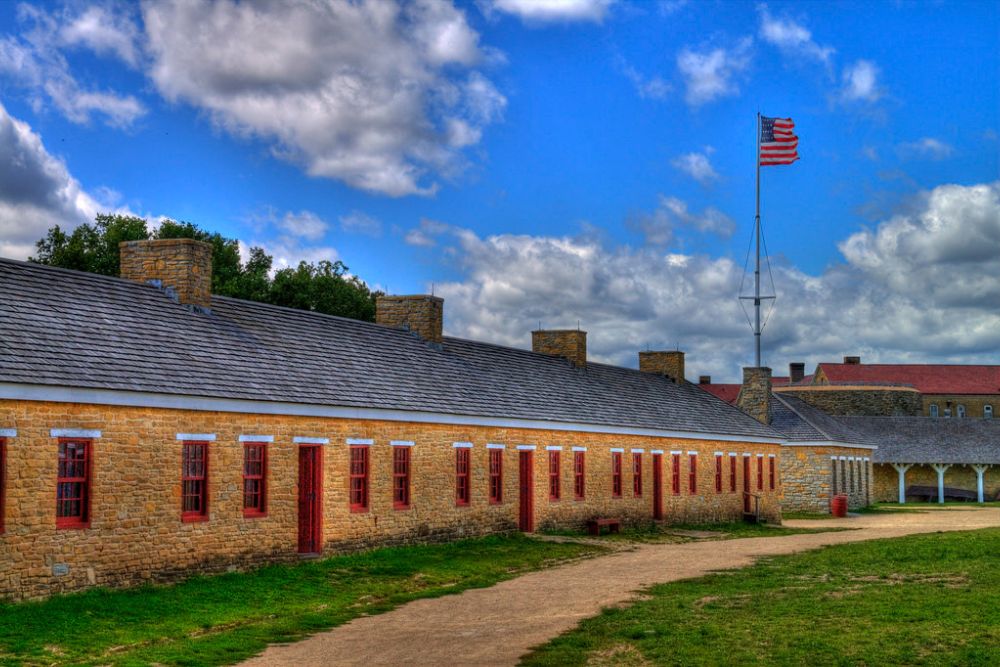
This frontier military post preserves the site where the Minnesota and Mississippi Rivers converge while telling complex stories about military history, Native American relations, and the development of the upper Midwest. The fort’s restored buildings and costumed interpreters recreate 1820s military life, while newer exhibits address the site’s role in Dakota history and the complicated legacy of westward expansion.
The fort’s location on bluffs above the river confluence provides dramatic views that help visitors understand why this location attracted both Native American communities and European-American settlers.
Theodore Wirth Park
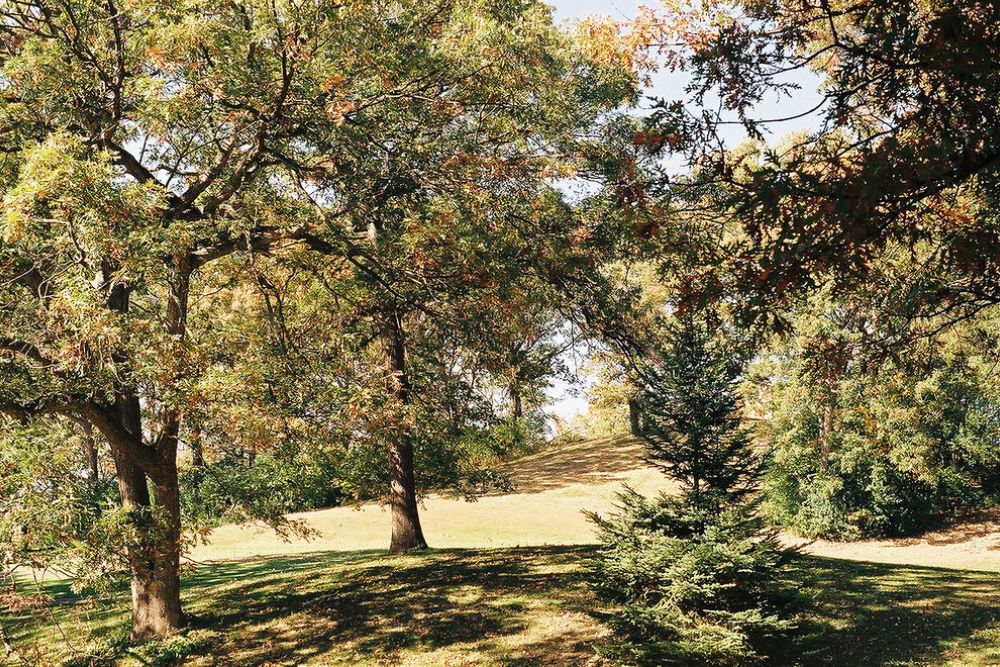
Minneapolis’s largest park offers hiking trails, lakes, and diverse natural habitats that create wilderness experiences just minutes from downtown while providing year-round recreation opportunities. The park’s size allows for activities that smaller urban parks can’t accommodate, from cross-country skiing to bird watching in habitats that support surprising wildlife diversity.
The park’s design preserves natural areas while providing access that makes outdoor recreation available to all city residents.
Uptown District
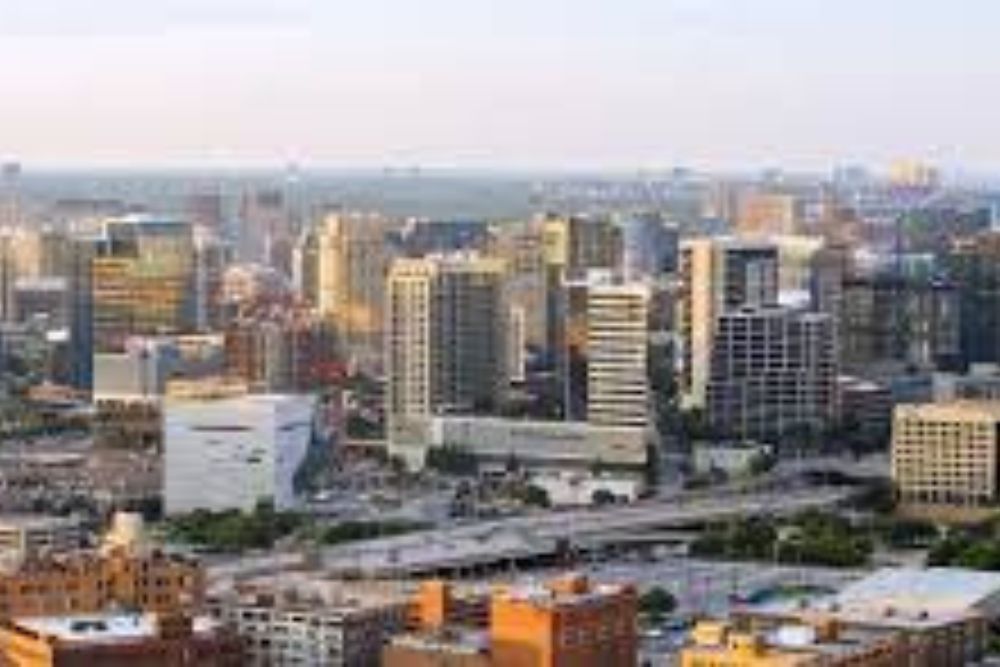
This neighborhood combines vintage shops, independent restaurants, and music venues while maintaining a walkable scale that encourages exploration and discovery. The area’s mix of residential and commercial development creates an authentic neighborhood character that supports both residents and visitors without feeling contrived or theme-park-like.
Local businesses reflect the creativity and entrepreneurship that characterize Minneapolis’s approach to urban development.
More Than Just Surviving Winter
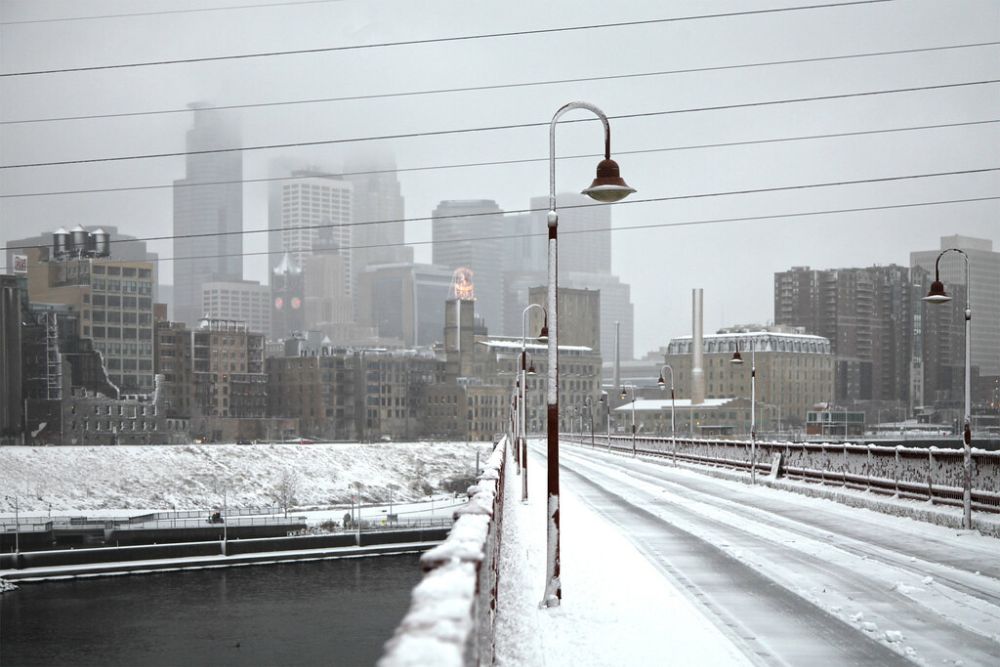
Minneapolis’s hidden gems reveal a city that doesn’t merely endure its challenging climate but transforms seasonal limitations into opportunities for creativity, community building, and outdoor recreation that enhance rather than diminish the quality of life. The city’s investment in parks, cultural institutions, and neighborhood development creates an urban environment where natural beauty and human creativity complement each other throughout the year.
Visitors who take time to explore beyond the obvious attractions discover why Minneapolis residents display such fierce loyalty to their city despite—or perhaps because of—the challenges that make living here an adventure.
More from Travel Pug

- 20 Best Beach Towns in the Carolinas
- 13 Destinations Where Tourists Regularly Regret Their Trip
- 20 Things You Actually Get in First Class
- 20 Small Airports With Aviation Museums
- 20 Places in the U.S. That Are Perfect for a Reset Trip
Like Travel Pug’s content? Follow us on MSN.
